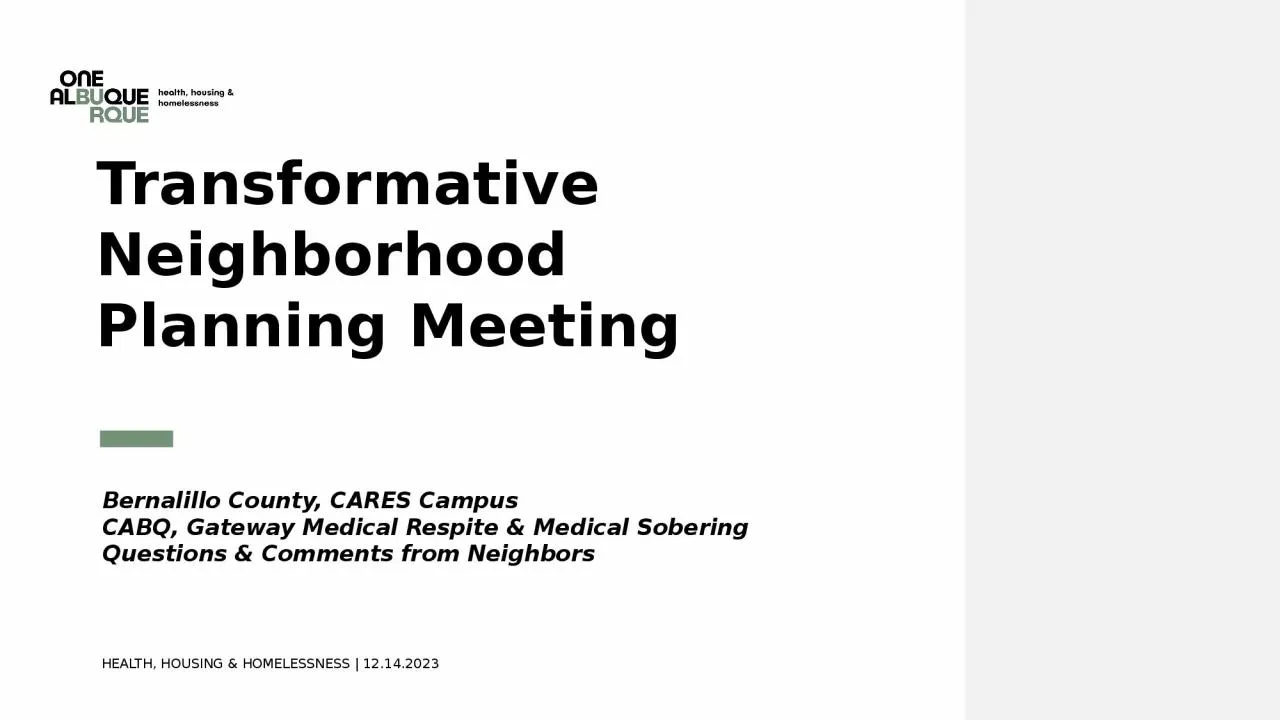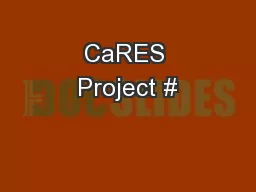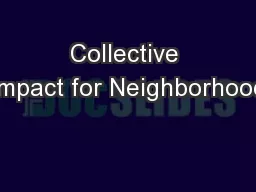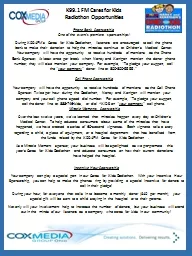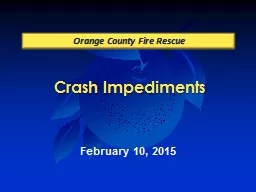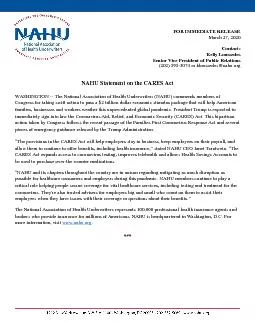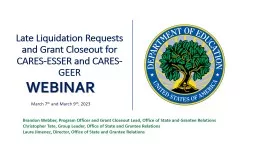PPT-Bernalillo County, CARES Campus
Author : deena | Published Date : 2024-02-03
CABQ Gateway Medical Respite amp Medical Sobering Questions amp Comments from Neighbors HEALTH HOUSING amp HOMELESSNESS 12 142023 Transformative Neighborhood Planning
Presentation Embed Code
Download Presentation
Download Presentation The PPT/PDF document "Bernalillo County, CARES Campus" is the property of its rightful owner. Permission is granted to download and print the materials on this website for personal, non-commercial use only, and to display it on your personal computer provided you do not modify the materials and that you retain all copyright notices contained in the materials. By downloading content from our website, you accept the terms of this agreement.
Bernalillo County, CARES Campus: Transcript
Download Rules Of Document
"Bernalillo County, CARES Campus"The content belongs to its owner. You may download and print it for personal use, without modification, and keep all copyright notices. By downloading, you agree to these terms.
Related Documents

